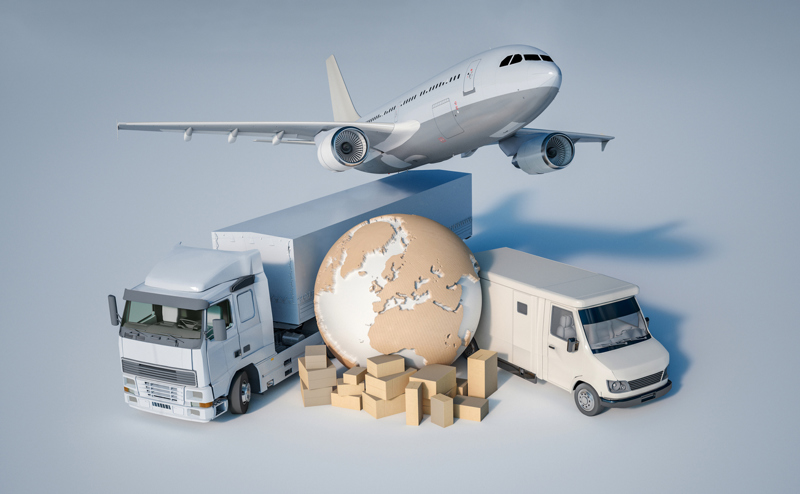Paced by increasing penetration of mobile computing devices, increasing cross-border e-commerce activities, embedded payment technology, and growth of e-commerce startups the cross-border e-commerce logistics market is poised to grow by $55.47 bn during 2022-2026, accelerating at a CAGR of 11.71%
This is putting increased pressure on manufacturers, retailers, 3PLs, and others trying to keep pace with the demand in the face of supply chain slowdowns, global inflation and record-high gas prices.
Consumers continue to shop internationally, although concerns about cross-border shipping are keeping that number from growing even higher.
In 2021, 76% of shoppers have made a cross-border purchase, up from 69% in 2019, according to the Flow Cross-Border E-Commerce Consumer Report 2021. Of the eight top markets studied, Australia (89%), Canada (87%), France (81%), and Germany (77%) ranked the highest in cross-border shopping. US Shoppers remained consistent with 2019 as approximately two-thirds (64%) of shoppers bought from outside the country. While Japan ranked last in cross-border shopping (50%), it also showed the greatest growth versus 2019 (+14pt), showing an opportunity for retailers to target the emerging market.
Cross-Border Shipping Concerns
However, shipping worries may be dragging down even more potential cross-border opportunities for retailers.
More than half of consumers polled in the survey (51 percent) reported that expensive shipping costs or slow delivery as the top barrier to shopping cross-border. Cost is especially significant as a deterrent because 67 percent of global consumers who shop abroad are bargain hunting for prices that are lower than in their home country. Delivery time is critical, too, as large eCommerce and retail outlets have conditioned consumers to expect short delivery timeframes, and they don’t really care where that delivery is originating.
Tips to Improve International Shipping
To help keep costs inline and delivery times manageable, here are three tips for international parcel shipping:
-
Cross-Border Consolidation:
Utilizing cross-border consolidation such as found in Transtream allows shippers to create final-mile parcel labels at the time of shipment processing and consolidate those shipments on a container with a single label into the destination country for cross-border movement and drop shipping into the local carrier network. This streamlines customs clearance while speeding delivery. -
Omnichannel Shipping:
If you have distributors, manufacturers, 3PLs, or other partners with international locations, utilizing their locations to shorten the distance you’ll be shipping your parcels can save you time and money. Better yet, if you happen to have storefronts in countries outside of your home, you can have deliveries come straight from their inventory or allow international customers to pick up at those locations. -
Global Multi-Carrier Network:
While you may rely on your traditional carriers to get your consolidated products into the destination country, once there, you may have better options. Utilizing regional and local carriers can be complicated in your home country; managing them across borders can be even more difficult. The right multi-carrier parcel management solution can help you incorporate and manage your final-mile delivery, even if it is thousands of miles away.
The world is shrinking, and shoppers are more willing than ever to shop from retailers around the world as they are one around the corner. Managing shipping costs and times is the key to international retail and e-commerce success.
Thinking of improving your cross-border shipping logistics as you sell more internationally? Contact us today to see how Transtream can help you streamline managing your omnichannel, multi-carrier shipping.
